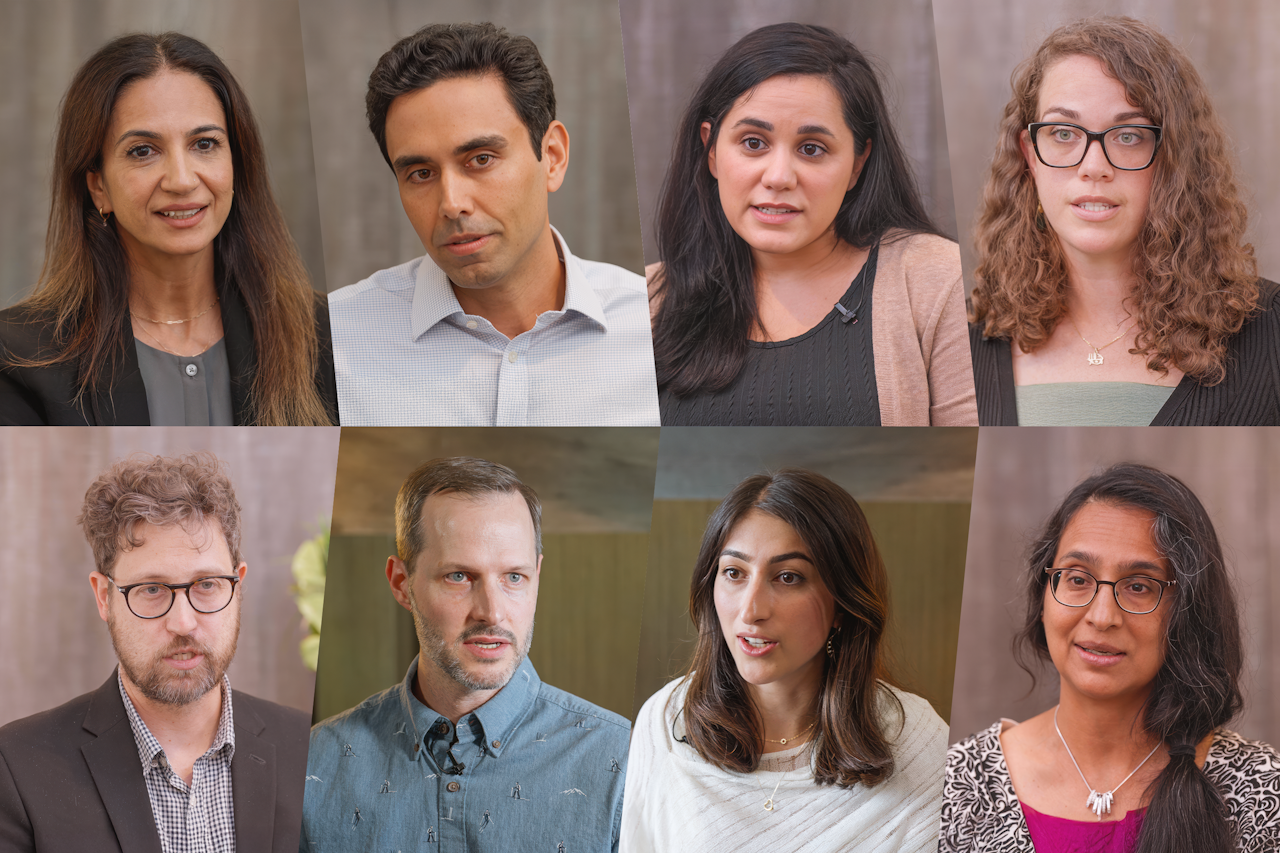
Insightsfrom the Field
Application of spiritual principles to academic inquiry
Participants at the annual ABS conference reflect on how spiritual principles can inform inquiry across diverse fields—from neuroscience to information technology.

Participants at the annual ABS conference reflect on how spiritual principles can inform inquiry across diverse fields—from neuroscience to information technology.
BAHÁ’Í WORLD CENTRE — In the latest episode of “Insights from the Field,” participants from the 49th annual conference of the Association for Bahá’í Studies (ABS) in North America explore how spiritual principles can inform academic inquiry across diverse professional fields—from neuroscience and health to information technology and library science.
Shabnam Koirala-Azad, a member of the Association’s executive committee, explains that the Association’s purpose has evolved to create spaces where practitioners and academics “can read the reality in their professions, in their disciplines, and to really think about points of alignment, correlating that to teachings of the Bahá’í Faith.”
Beyond the annual conference, the Association engages in various activities throughout the year, including thematic seminars—focused two-day gatherings in which participants study texts that serve as entry points into specific discourses. These seminars bring together individuals from similar professional backgrounds to collectively explore how spiritual principles might inform their fields.
Tara Raam, a neuroscientist and co-facilitator of a seminar on evolution and consciousness, reflects on the principle of the harmony of science and religion. “Science and religion are complementary bodies of knowledge and practice that mutually inform and reinforce each other. The insights that we generate through science and through the study of the physical world can inform and help us better understand spiritual principles. And likewise, spiritual principles and teachings can shape the types of research questions that we’re interested in.”
Dr. Raam observes that many university courses rest on materialistic assumptions about evolution and consciousness “in a way that can leave students feeling that there is no room for them to have a spiritual worldview, or that their spiritual beliefs are incompatible with science.”
This disconnect, she suggests, highlights the need for approaches that integrate both material and spiritual dimensions of reality.
Reflecting on neuroscience specifically, Dr. Raam notes that the field reveals how deeply the brain is shaped by culture and experience. As cultures evolve over time and move toward greater coherence with spiritual principles, she explains, even patterns of thought and behavior may shift.
“I think that invites us to adopt a very humble and hopeful approach to neuroscience,” she says, “and to see neuroscientific findings as snapshots in time, as descriptions of how the human brain behaves today within the particular civilization in which we’re embedded but not conclusive, be-all, end-all statements about human nature as a whole.”
In the field of health, Andrea Robinson, a critical care physician, emphasizes the importance of viewing human beings as encompassing both material and spiritual dimensions.
Conventional models of health, she explains, may account for genetic, social, or environmental factors, but “if we look to religion as a source of knowledge, then we also have to acknowledge the existence of spiritual forces” that influence both individual and collective wellbeing.
Dr. Robinson describes how this expanded understanding might shape healthcare practice. “To what extent are people conscious of the forces that are at work in their lives? How does that even shift the set of questions that people can... ask about their wellbeing and about the factors that are influencing them?”
Such an approach, she suggests, could lead to fundamentally different ways of addressing challenges within the field.
Mark Dittmer, a software developer and PhD candidate, reflects on efforts to integrate moral considerations into technical conversations. He notes that discussions about technology and society “are often dominated by a very strict rationality and a focus on technical analysis.” Yet “religion has a lot of valuable knowledge to offer on the relevant moral questions” related to technological decisions.
Mr. Dittmer observes that social scientists’ analyses “have not been able to empower communities to create the technological environments they want by only focusing on the technology itself.” He sees promise in bringing together “the fruits of science in the form of technology and the fruits of religion in the form of tools that help us reflect on spiritual values that can guide the trajectory of technological development.”
Lev Rickards, Assistant Dean for Libraries at Santa Clara University, reflects on how recognizing the nobility and potential of every human being can reshape library science.
Mr. Rickards describes libraries as spaces where everyone can “participate in generating knowledge about the progress of their community, everyone gets to participate in the arts and literature, contributing to cultural production.”
Rather than passive consumption, this approach invites people to actively contribute to “producing and reproducing culture in a way that’s grounded in the place where they live.”
Underlying these diverse explorations is the principle of consultation—a distinctive approach to collective inquiry. “We are all sincerely searching for truth,” Mr. Rickards emphasizes. “It’s not just a sharing of opinion but rather saying there is something here that we’re trying to explore together.”
This stands in contrast to academic environments, notes Dr. Raam, saying that in many “academic disciplines, there’s a tendency towards contention and debate” as the way to arrive at truth through “a competition between ideas.”
However, she adds, “we believe that the collective exploration of truth among a group of people together actually works and helps us to generate more sound and more fruitful ideas.”